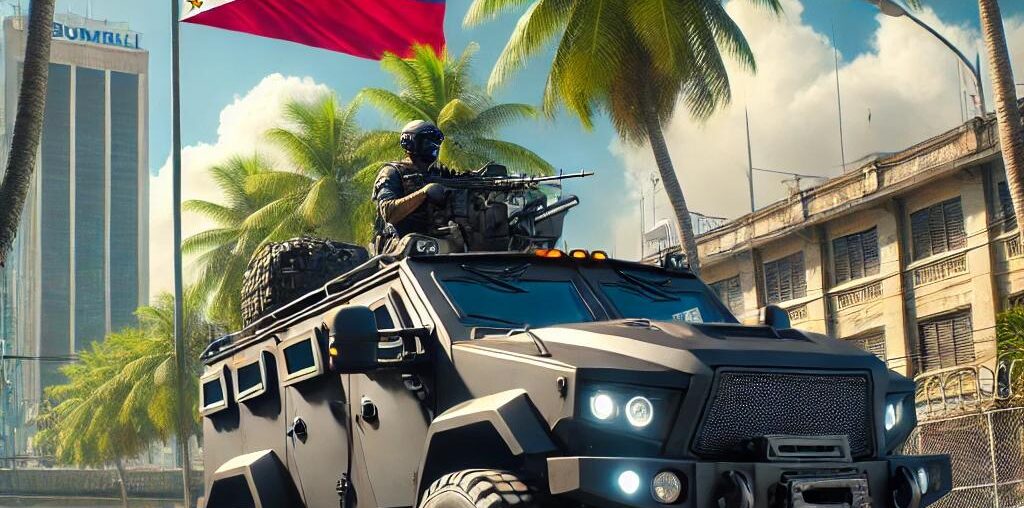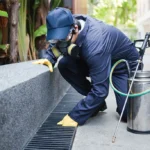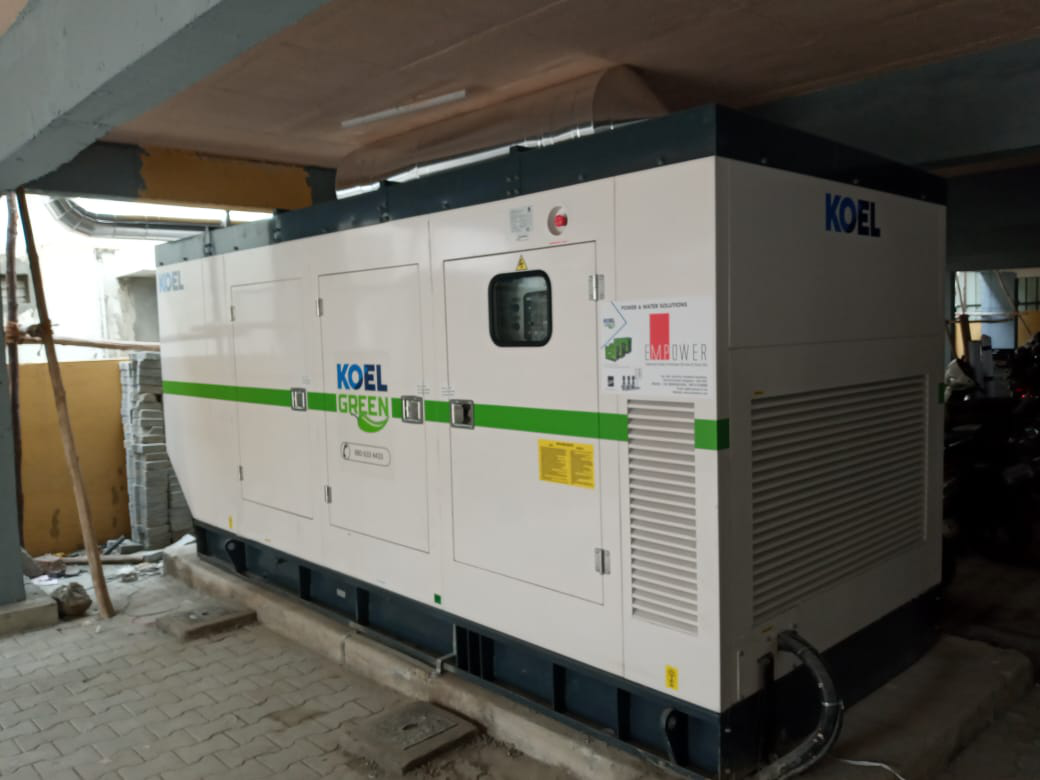In recent years, armored vehicles in Philippines have seen a surge in demand—spanning from military operations and law enforcement to private security and high-profile individuals. These rolling fortresses are not just about brute strength; they represent a growing need for safety, mobility, and technological superiority in an evolving threat landscape.
The Growing Demand for Armored Vehicles
The Philippines, with its diverse geography and urban complexities, presents unique security challenges. From high-stakes counter-insurgency missions in remote regions to VIP protection in bustling cities like Manila, armored vehicles are becoming indispensable.
With rising concerns around political instability, terrorism, and organized crime, government agencies and private entities alike are investing more heavily in modern, well-equipped armored fleets.
Military and Tactical Use
The Armed Forces of the Philippines (AFP) continues to modernize its assets through programs like the Revised AFP Modernization Program, which has led to the procurement of advanced armored personnel carriers (APCs), mine-resistant ambush-protected (MRAP) vehicles, and light tanks. These vehicles offer enhanced survivability for troops and play a critical role in ground mobility operations, especially in conflict-prone areas in Mindanao.
Brands such as GDELS, Iveco, and Elbit Systems have become common names as the government looks abroad for durable, battle-tested armored solutions.
Law Enforcement and Civil Security
The Philippine National Police (PNP) also utilizes armored vehicles for high-risk operations, crowd control, and anti-terror missions. These units are often deployed in areas where enhanced protection is needed for personnel during raids or in response to civil unrest.
Armored vans and tactical transport vehicles help maintain law and order while ensuring the safety of law enforcement officers under fire.
Civilian and Commercial Use
While traditionally associated with military or police use, armored vehicles in the Philippines are now gaining traction in the private sector. CEOs, politicians, celebrities, and foreign dignitaries are increasingly turning to armored SUVs and sedans for everyday travel. These vehicles are often equipped with bulletproof glass, reinforced panels, and run-flat tires—designed to offer protection without compromising comfort or aesthetics.
Security companies are also expanding their armored fleets for cash-in-transit operations and VIP transport, as the demand for high-security mobility solutions continues to grow.
The Technology Behind the Armor
Modern armored vehicles are no longer bulky, slow-moving machines. Today’s units are designed with a mix of lightweight composite armor, advanced suspension systems, and smart surveillance technology. Some are even equipped with drone-launching systems, thermal imaging, and AI-assisted route planning.
Manufacturers are also focusing on fuel efficiency and sustainability, adapting to both global trends and local terrain challenges in the Philippines.
The Future of Armored Mobility in the Philippines
As security concerns evolve, so too will the armored vehicle landscape. With increasing public-private partnerships and rising investments in defense, the presence of armored vehicles in Philippines is expected to become even more prominent.
From military missions to everyday civilian transport, these rolling fortresses are not just vehicles—they’re a symbol of resilience, preparedness, and strategic mobility.
Conclusion
Whether on the battlefield, the streets of Metro Manila, or the remote regions of the archipelago, armored vehicles play a vital role in maintaining peace, order, and personal safety. As the Philippines continues to face both internal and external challenges, armored vehicles will remain at the forefront of the country’s defense and security strategy.



